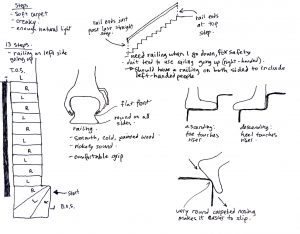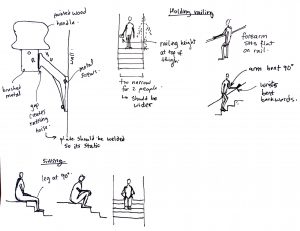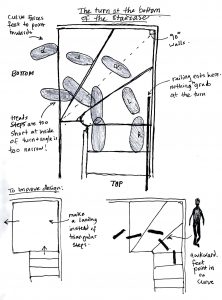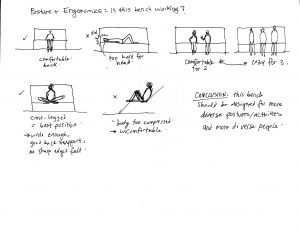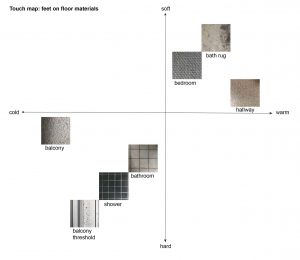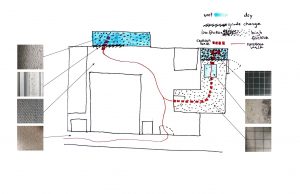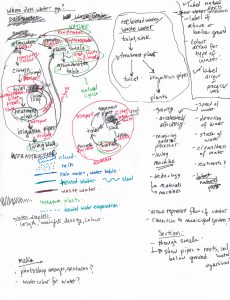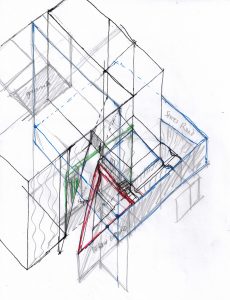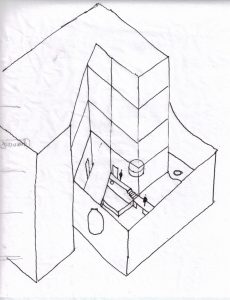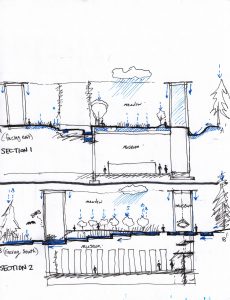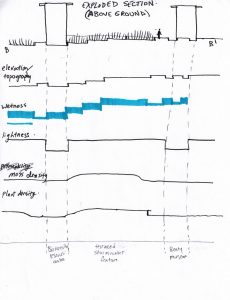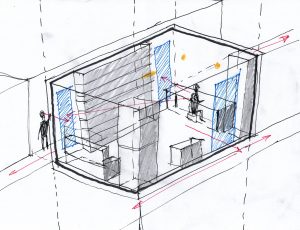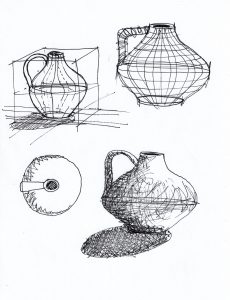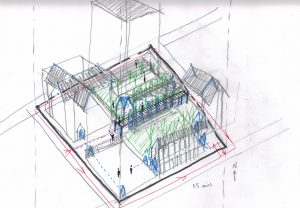Street tree photo series. Grouped by challenges with how street tree plantings have been designed.

Grouped by design opportunities: signs of care about street trees

Birth and death of street trees

Redesign/ideation: creating space for trees

Redesign/ideation: a process for street tree life cycles alongside humans
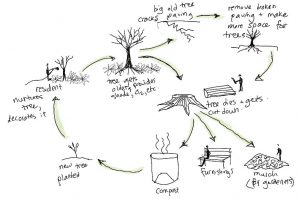
Further iterations and refinements could be made by categorizing street trees by street type (commercial, residential, arterial, highway etc.) to compare which types of challenges and opportunities are present on different types of streets. Looking at the attributes of the trees associated with cracked pavement could also be explored (species, rooting depth, age, mature size).
Summary of what I learned in the course: Sense-walking and the cube method give you a framework for making sense of the world around you. Sense-walking also helps to develop empathy as a designer, and to further understand the experiences of people with diverse sensory abilities. Sketching + engaging the senses together engage both analytical and intuitive thinking.



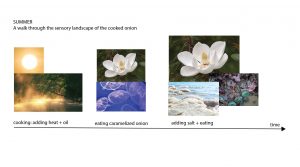


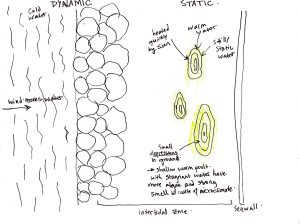

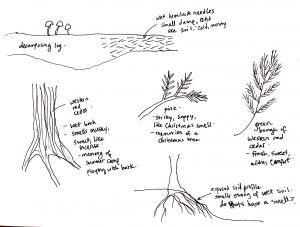


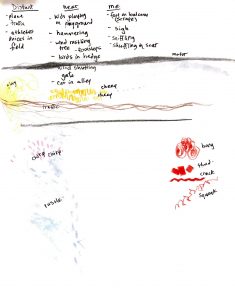
 Tuning In: sounds at Spanish Banks beach. I created sound recordings at 9 different locations on Spanish Banks Beach on Friday at 7pm after a heavy rainfall. It was dark and low tide, and there was some brief drizzling while I was there.
Tuning In: sounds at Spanish Banks beach. I created sound recordings at 9 different locations on Spanish Banks Beach on Friday at 7pm after a heavy rainfall. It was dark and low tide, and there was some brief drizzling while I was there.




